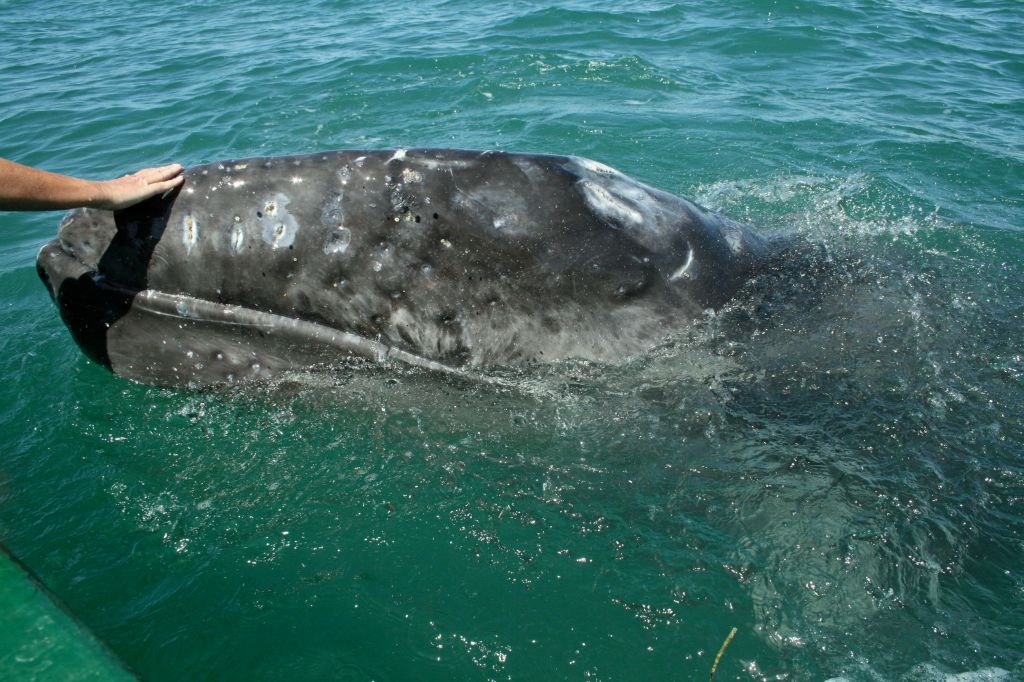Gray Whale Conservation

The gray whale is one of the ocean’s most beautiful and complex creatures. Due to past commercial whaling, their populations have reached near extinction. Although some populations are recovering following conservation methods, the future of gray whales still holds uncertainty. Read on to learn more about gray whale endangerment and what the future looks like for them.
Global Efforts
Remaining close to the coasts, gray whales were easily accessible to whalers. With mass whaling dating back to the late 17th century, gray whales have been at constant threat of extinction. With such devastation, international organizations created multiple acts in order to protect the present and future populations:
International Whaling Commission (IWC): The IWC regulates the conservation of whales and manages the act of whaling across the world. Since its establishment in 1946, they have expanded their efforts, focusing on all conservation issues. This includes but is not limited to- ocean noise, pollution, and sustainable whale watching.
Marine Mammal Protection Act (MMPA): Created in 1972, all marine mammals were considered protected under the MMPA. This act prohibits the importation of marine mammals as well as the removal of any marine mammals within the US waters.
NOAA Fisheries: NOAA is responsible for endangered and threatened marine life.
Endangered Species Act (ESA): Implemented by the NOAA, this act states that the federal government is responsible for the protection of endangered species, threatened species, and habitats in critical conditions.
Convention on International Trade in Endangered Species of Wild Fauna and Flora (CITES): Implemented under the Endangered Species Act, CITES ensures that the survival of plants and animals in the wild is not threatened through international trade. This kind of effort is important for gray whale habitats.
Status
Extensive hunting efforts have depleted gray whale numbers in both the east and west Pacific Ocean areas. With slow reproduction rates and vulnerability to whalers in outlying countries, the western population is still suffering with an extremely low number accounted for, being around 200 individuals. They are listed as endangered under the ESA and depleted under the Marine Mammal Protection Act.
In the 1950’s, the eastern Pacific gray whale population was facing near extinction. However, with the protective actions put in place, it is back to a healthy and sustainable number! With an estimated amount of 19,000 animals, this population was removed from the Endangered Species Act.
Unfortunately, through mass whaling, the gray whale population in the Atlantic went completely extinct. However, despite not being seen in the Atlantic since the 18th century, there was a shocking (and exciting) spotting of a gray whale in 2010 and again in 2013. Due to climate changes, the Arctic is receding, which then in turn creates a more habitual environment for the gray whales! We are remaining hopeful that the Atlantic gray whales can make a comeback.
